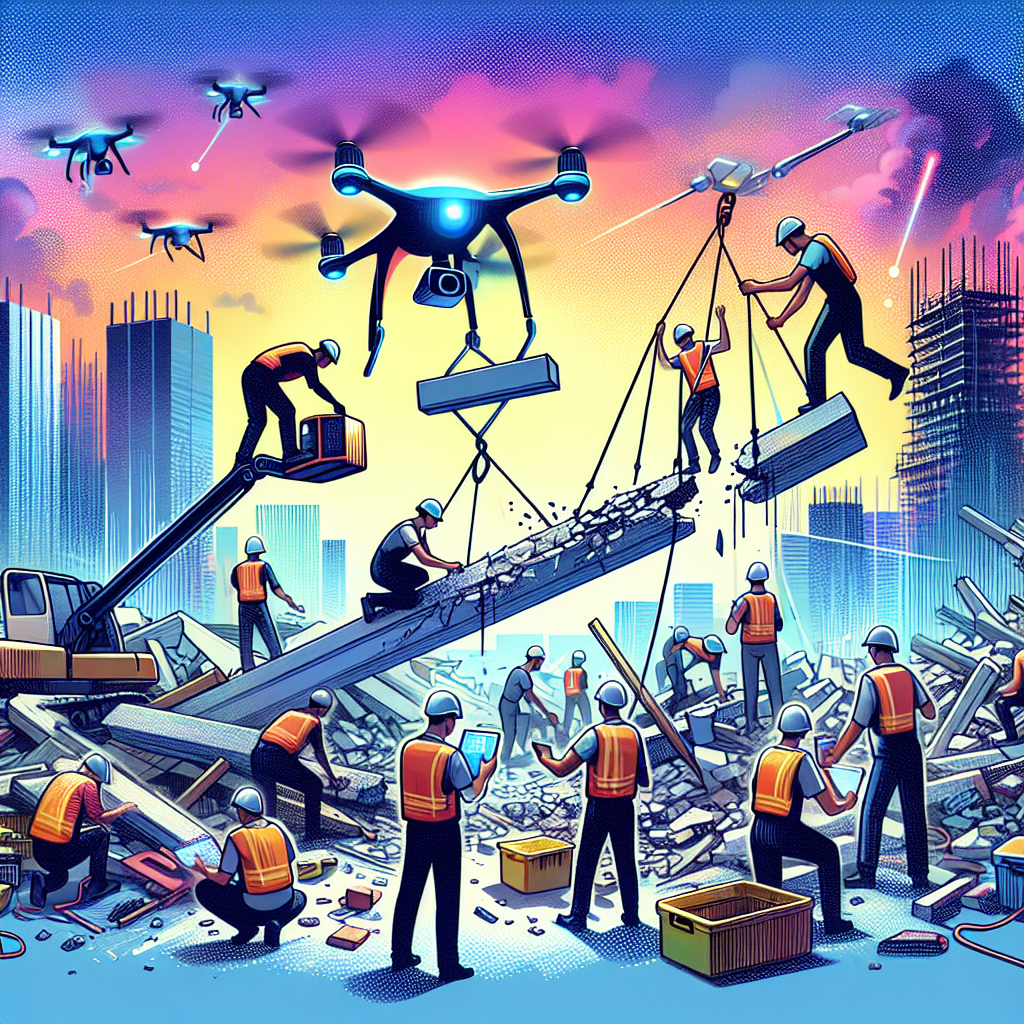Artificial Intelligence (AI) has the potential to revolutionize disaster response efforts and improve the efficiency and effectiveness of relief operations. However, like any technology, AI also comes with its own set of risks and challenges that must be carefully considered and managed. In this article, we will explore the various risks associated with the use of AI in disaster response and discuss how they can impact relief efforts.
One of the main risks of using AI in disaster response is the potential for bias and discrimination. AI systems are only as good as the data they are trained on, and if that data is biased or incomplete, the AI system may produce biased or inaccurate results. This is particularly concerning in disaster response, where decisions can have life-or-death consequences. For example, if an AI system is trained on data that is biased against certain minority groups, it may inadvertently prioritize resources away from those groups in a disaster situation.
Another risk of using AI in disaster response is the potential for errors and malfunctions. AI systems are complex and can be prone to errors, especially in high-stress situations like disaster response. If an AI system fails or produces incorrect results, it can have serious consequences for relief efforts. For example, if an AI system incorrectly predicts the path of a hurricane or earthquake, it could lead to misallocation of resources and delays in response efforts.
Furthermore, there is also a risk of AI systems being hacked or manipulated by malicious actors. In a disaster situation, where chaos and confusion are already prevalent, the last thing relief workers need is to deal with a compromised AI system. Hackers could potentially disrupt communications, sabotage critical infrastructure, or even manipulate AI systems to give false information or make harmful decisions.
In addition to these risks, there is also the concern of ethical considerations when using AI in disaster response. For example, should AI systems be entrusted with making life-or-death decisions in a crisis situation? Who is responsible if an AI system makes a mistake that results in harm or loss of life? These are important questions that need to be addressed before widespread adoption of AI in disaster response.
Despite these risks, AI still has the potential to greatly improve disaster response efforts. AI systems can analyze vast amounts of data quickly and accurately, helping relief workers make more informed decisions and allocate resources more efficiently. AI can also help predict and prevent disasters before they occur, through early warning systems and risk assessment tools.
To mitigate the risks associated with AI in disaster response, it is important to carefully design and test AI systems before deploying them in real-world situations. This includes ensuring that the data used to train AI systems is unbiased and representative, implementing strict security measures to protect against hacking and manipulation, and establishing clear protocols for ethical decision-making in crisis situations.
In conclusion, while AI has the potential to greatly enhance disaster response efforts, it also comes with its own set of risks and challenges. By carefully considering and managing these risks, we can harness the power of AI to improve the efficiency and effectiveness of relief operations, ultimately saving more lives in times of crisis.
FAQs:
Q: What are some examples of AI being used in disaster response?
A: AI is being used in a variety of ways in disaster response, including predicting the path of hurricanes and other natural disasters, analyzing satellite imagery to assess damage and prioritize response efforts, and coordinating logistics and resource allocation in crisis situations.
Q: How can bias and discrimination be mitigated in AI systems used in disaster response?
A: Bias and discrimination in AI systems can be mitigated by carefully selecting and curating the data used to train the systems, ensuring that the data is diverse and representative of all groups affected by disasters. Additionally, regular audits and monitoring of AI systems can help identify and correct any biases that may arise.
Q: What measures can be taken to protect AI systems from hacking and manipulation in disaster response?
A: To protect AI systems from hacking and manipulation, strict security measures should be implemented, such as encryption of data and communications, regular system updates and patches, and monitoring for any suspicious activity. Additionally, training and awareness programs for relief workers can help prevent inadvertent security breaches.
Q: How can ethical considerations be addressed when using AI in disaster response?
A: Ethical considerations when using AI in disaster response can be addressed by establishing clear protocols and guidelines for decision-making in crisis situations, ensuring transparency and accountability in the use of AI systems, and involving stakeholders in the design and implementation of AI systems to ensure that ethical concerns are taken into account.

